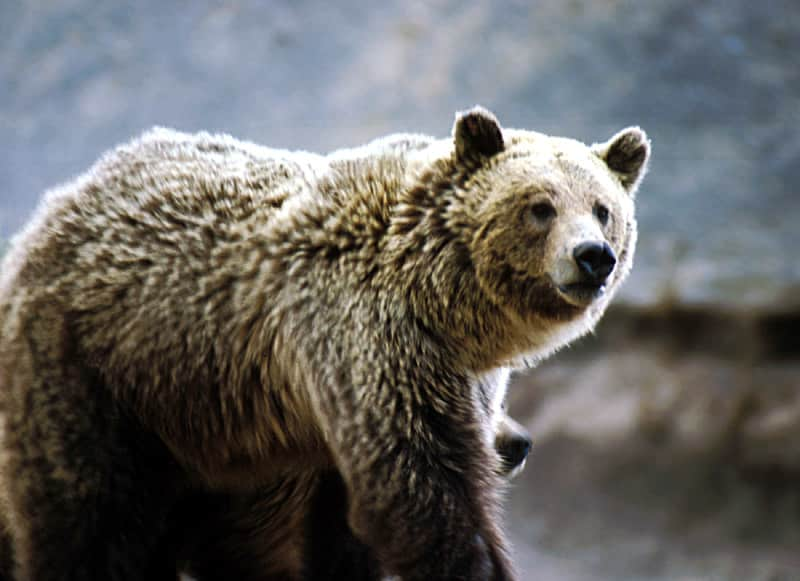Decrease in Yellowstone Trout Leads Bears to Feed on Elk
OutdoorHub Reporters 05.16.13

Two recently published studies suggest that the elk departing from Yellowstone National Park may be connected to a drop in cutthroat trout. According to the Missoulian, the answer lies in the dietary habits of the park’s bear population. Fewer spawning trout in the area caused a shift from a fishy diet to something involving more red meat: elk calves.
Arthur Middleton, lead author of a study published Wednesday in Proceedings of the Royal Society Biological Sciences, believes the change in diet have significantly impacted the park’s elk population. In Yellowstone bears have always been the most significant predators of elk calves, but now Middleton and fellow researchers are seeing a spike in the number of elk killed. Calf recruitment has gone down by 4 to 16 percent and overall elk growth decreased by 2 to 11 percent.
“It might be worth adding that we don’t think this is the answer to where the elk calves went, but it’s something we should think about with changes in bear diets and the change in elk calf numbers,” Middleton said.
Another study published in February by Jennifer Fortin on bear diets helped paved the way for Middleton. Tracking 27 collared grizzly and black bears in Yellowstone, Fortin found that there had been a drastic 70 to 95 percent decline in trout eaten by bears for the last several years. Instead the bears have turned to elk calves, killing one at a rate of two to eight days. The void left by the absence of trout is sizable and the bears are trying their best to rely on the elk, but it is not enough. In 1988 more than 54,000 cutthroat trout existed in Yellowstone Lake. In 2007, only 500 remained. It is believed that the primary reason for this drop is competition caused by lake trout, drought, and occasionally disease. Similarly the elk population plummeted from 19,000 in 1988 to only 3,900 last year. Experts believe that bear predation on elk calves rose nearly 30 percent in recent decades.
“We shouldn’t be so quick to compartmentalize fish and wildlife management,” Middleton said. “They may seem separate, but they are more closely linked than we thought. Yellowstone National Park has long known that, but it’s been slow to enter the popular realm.”
A group of 68 documented grizzly bears -a small portion of Yellowstone’s overall bear population- can eat more than 12,400 pounds of cutthroat trout during spawning season. The bears are finding it difficult to substitute that amount of food with increasingly rare elk calves. Even worse, Middleton estimates that grizzlies are only one of 28 species inside the park that depend on the trout, leading to a wider ecological fallout.
“It’s worthwhile to emphasize the uncertainty of what the size of the effect might be,” Middleton said.

